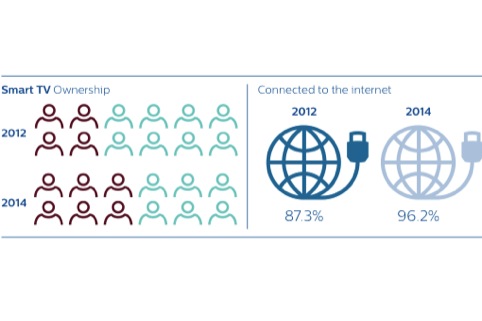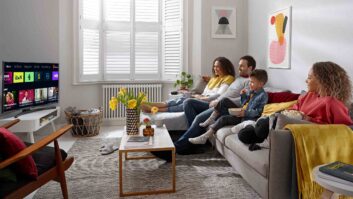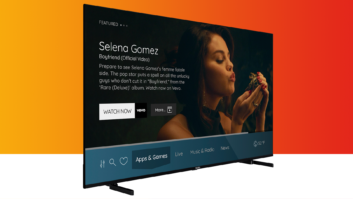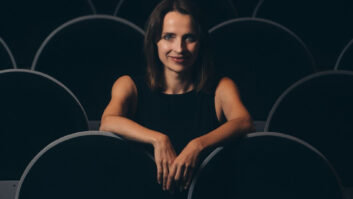
There has been a 15 per cent increase in smart TV ownership by industry professionals since 2012, according to the Smart TV Report by Philips uWand. However, despite steady growth, engagement rates are hampered by the inadequate user interface found on current smart TV models and the increasing dominance of second screen devices, the company claims.
The survey of US professionals working across the TV, telecommunications, and technology industries revealed that although 47 per cent now own a smart TV, and 96 per cent of those are connected to the internet, more than half (57 per cent) of respondents still use other devices to watch internet-based content. Of those unsatisfied with their current smart TV service, 40 per cent cited the user interface as the main reason why.
The research also looked at what percentage of their TV viewing time respondents spent accessing different smart TV services. The results reveal that while the use of catch up TV is on the rise, other services like gaming, internet browsing and watching video clips are gradually decreasing in popularity:
- Adoption of internet-based catch up services, such as Comcast’s Xfinity, increased by 13 per cent (from 48 per cent in 2012, compared to 61 per cent in 2014).
- Despite widespread adoption of social networking, the use of these services on smart TV decreased by 20 per cent (from 30 per cent in 2012 to 10 per cent in 2014).
- Time spend browsing the internet on smart TV decreased from 44 per cent in 2012, to 25 per cent in 2014.
- Gaming on smart TV also dropped by 16 per cent (from 28 per cent in 2012 to 12 per cent in 2014).
“Even though smart TV sales are on the rise, users are still turning to other devices to watch online content that is readily available on TV. But this does not represent a lack of interest,” said Navin Natoewal, general manager at Philips uWand. “As many viewers currently have to rely on button-based remotes instead of direct pointing control, it’s no surprise they prefer to use other devices for more complex smart TV services like gaming. The user experience is at the heart of service interaction, which explains this decline.”
Of those surveyed 92 per cent use a button-based remote to interact with their smart TV. Almost half described this experience as ‘poor’. However, industry professionals see strong potential in smart TV once issues with the user experience are resolved; 40 per cent of participants believe VoD to hold the most potential, while 10 per cent believe gaming is the future of smart TV.







